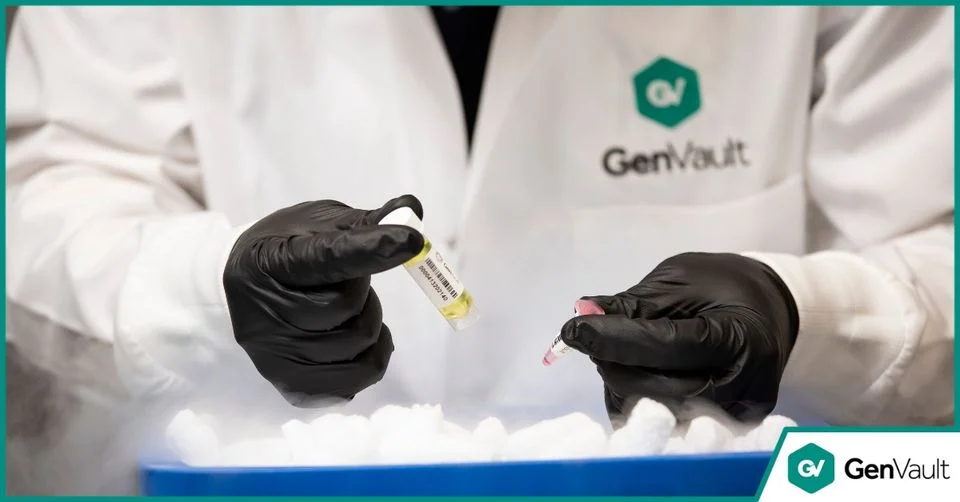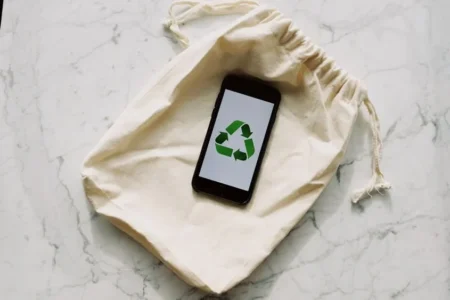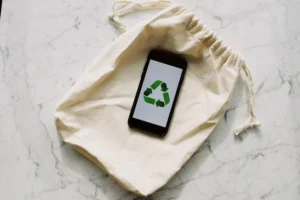Safeguarding Life’s Blueprint: The Evolution of Biological Storage Solutions
- Updated on: Nov 25, 2024
- 2 min Read
With close to two decades of experience in research and scientific innovation, Elizabeth is a senior microbiologist who has put research ahead of the curve. In the past, she worked with Council for Scientific and Industrial Research (CSIR) - Unit for Research and Development of Information Products (URDIP), Chembiotek as Officer for Scientific Coordination, and with IPEngine as Senior Research Associate.
- Published on Oct 30, 2023

In the intricate dance of life, biological samples hold invaluable insights into our past, present, and future. The integrity of these samples is paramount, leading to the emergence of advanced biological storage solutions. Journey with us as we explore the evolution, current trends, and the future of biological storage.
The Genesis of Biological Storage
Long before digital advances, early scientists and biologists relied on rudimentary methods to store biological specimens. From preserving specimens in formaldehyde to cold storage in ice houses, the roots of biological storage were as ingenious as they were essential.
ADVERTISEMENT
ADVERTISEMENT
Current Technologies Powering the Storage Realm
- Ultra-Low Temperature Freezers (ULTs): These have become a staple in labs globally, providing temperatures as low as -80°C.
- Liquid Nitrogen Storage: For specimens requiring cryogenic storage, liquid nitrogen presents a viable option.
- Automated Sample Management Systems: Automation brings precision, efficiency, and scalability to the storage process.
Market Analysis: A Snapshot of the Industry’s Growth
The biological storage market has seen substantial growth, with projections including:
- A CAGR of 7.2% from 2022 to 2027.
- North America leading in market share, followed by Europe and Asia-Pacific.
- The emergence of biobanks has fueled demand for advanced storage solutions.
Navigating Common Biological Storage Challenges
- Power Outages: Redundant power backup systems and real-time monitoring can mitigate this risk.
- Temperature Fluctuations: Modern equipment offers better insulation and automated alerts for any deviations.
- Space Constraints: Vertical storage solutions and optimizing sample retrieval processes can maximize space utility.
The Horizon: Predictions for the Next Decade
- IoT Integration: Smart storage solutions will provide real-time data and predictive maintenance options.
- Eco-friendly Solutions: As the world moves towards sustainability, biological storage will also adopt greener technologies.
- Decentralized Storage Models: With the rise of remote research, decentralized biological storage hubs may become commonplace.
Conclusion
From humble beginnings to sophisticated systems, biological storage has mirrored the progress of science itself. As we continue to advance, the essence remains – safeguarding the very fabric of life.
Share this article
ADVERTISEMENT












